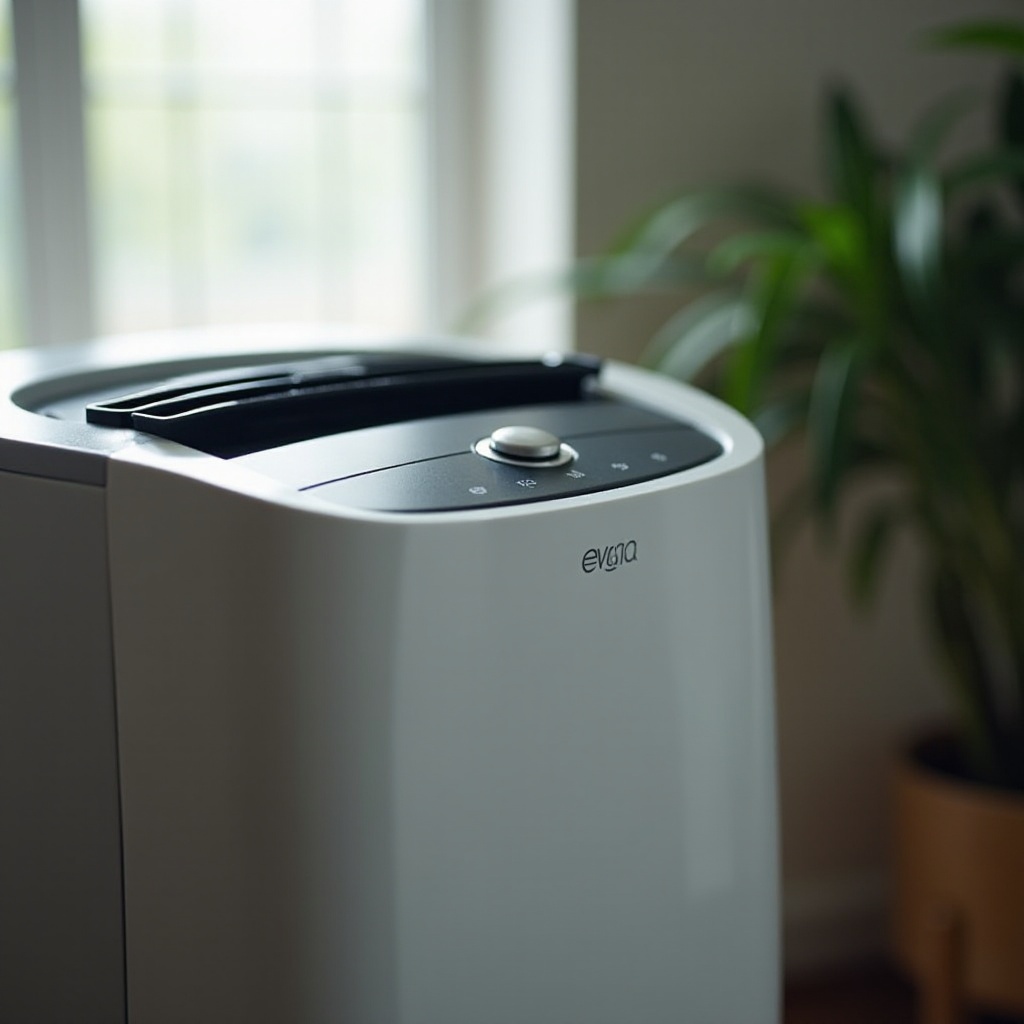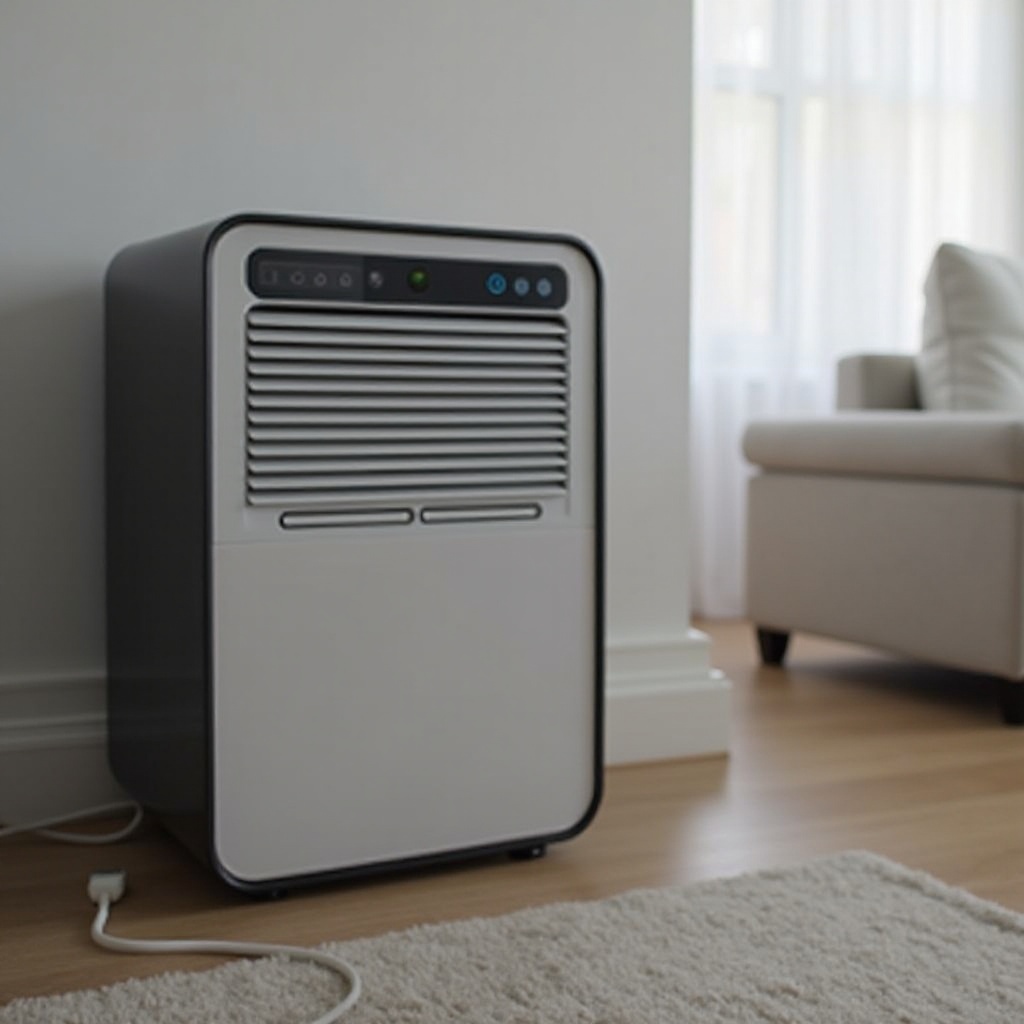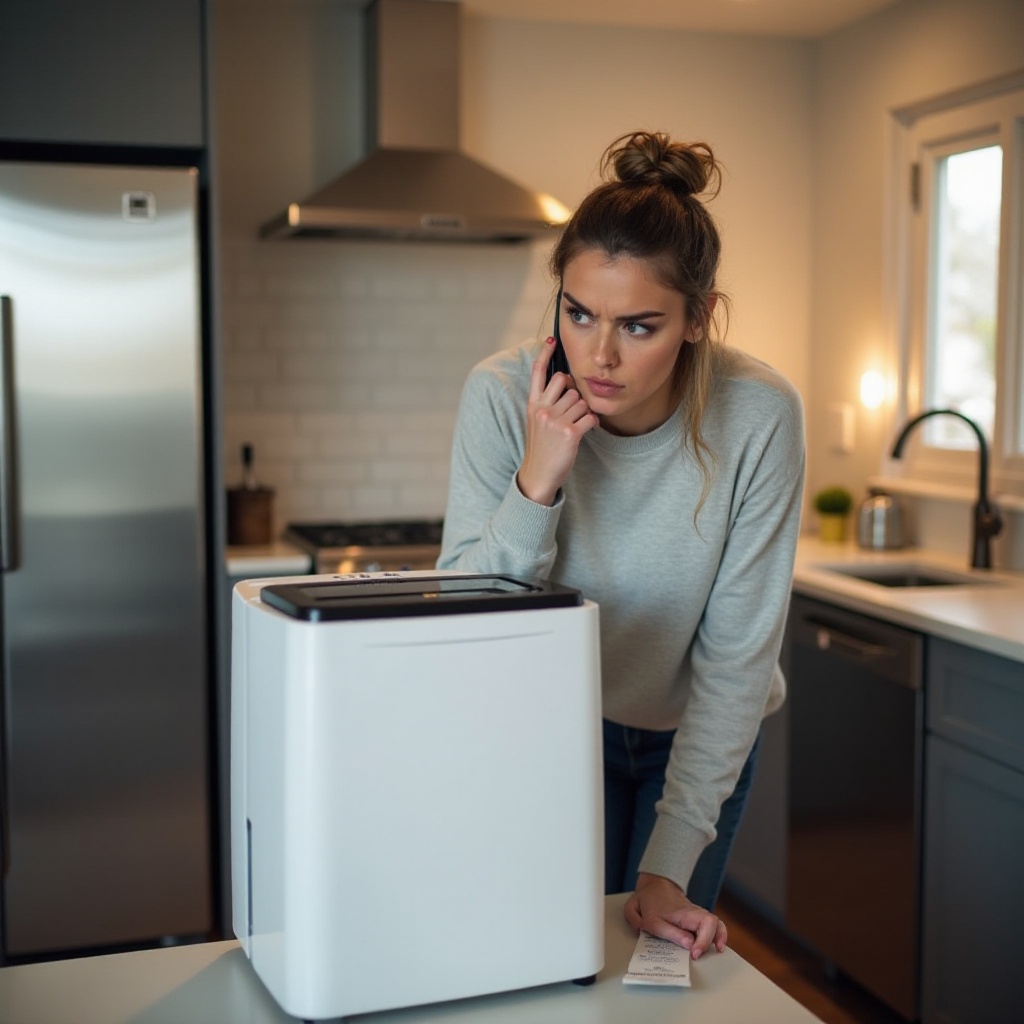Introduction
Your dehumidifier is a crucial appliance for maintaining indoor comfort by controlling humidity levels, preventing issues like mold and mildew. However, when it stops collecting water, the effectiveness of your device is compromised. What causes this problem? In this comprehensive guide, we'll explore common issues and provide solutions to ensure your dehumidifier works efficiently once more.

Common Reasons Your Dehumidifier Isn't Collecting Water
Before delving into potential mechanical issues, it's wise to first check for simpler problems that might be interrupting the device's function.
- The Water Tank is Full or Misaligned: Verify that the water tank is both empty and correctly seated in its compartment. A full or misaligned tank triggers an automatic shut-off mechanism, preventing water collection.
- Incorrect Humidity Settings: Ensure that the humidity settings of your dehumidifier are lower than the current room humidity. High humidity settings will cause the unit to stop collecting moisture once the desired level is reached.
- Blocked Airflow: Check air intake and exhaust areas for any obstructions. Clear airflow is essential for effective dehumidification.
Once these common issues are addressed, and if your dehumidifier continues to malfunction, further technical troubleshooting may be required.

Technical Issues to Consider
If resolving simple issues does not solve the lack of water collection, delve into the following technical components, which require a more detailed examination.
- Malfunctioning Compressor: The compressor circulates the refrigerant essential for moisture extraction. Any malfunction here significantly reduces performance. Listen for unusual sounds or vibrations as signs of compressor trouble.
- Faulty Humidistat: The humidistat regulates the dehumidifier based on humidity levels. Misreadings may stop its operation even in damp environments. Testing the humidistat's accuracy might involve professional help.
- Fan Motor Problems: A working fan motor is crucial for air circulation across the coils. Inspect it for signs of wear or obstruction.
By understanding these technical issues, you can better evaluate the need for DIY fixes or professional repairs.
Step-by-Step Troubleshooting Guide
Before calling in a professional, attempt these practical troubleshooting steps to restore your dehumidifier's proper function.
- Checking and Emptying the Water Tank: Confirm the tank is empty and aligned properly. Positioning issues can disable the collection mechanism.
- Adjusting Humidity Settings: Lower the dehumidifier setting appropriately so it's below the room's ambient humidity, ensuring continuous operation.
- Ensuring Proper Airflow and Filter Maintenance: Clean air filters regularly to prevent restriction of airflow. Clear any blockages from vents and replace filters as needed.
Following these steps, your dehumidifier should regain functionality. If problems persist, deeper mechanical issues may be involved, necessitating further examination.
When to Contact a Professional
If the above steps fail to resolve the issue, it might be time to seek professional assistance. Experts can diagnose complex mechanical or electrical faults that are beyond DIY repair.
- Recognizing Complex Issues: Persistent noise or complete failure of any functions might indicate serious internal problems that professionals need to address.
- Evaluating Repair vs. Replacement Options: Consider the age and condition of your dehumidifier when deciding whether to invest in repairs or purchase a new unit.
Professional diagnostics ensure safety and efficiency in getting your dehumidifier back to optimal performance.

Conclusion
Identifying and addressing the causes behind your dehumidifier's malfunction can save you time and avoid unnecessary discomfort. Regular maintenance paired with prompt action on identified problems ensures durability and efficiency. With good care, your dehumidifier can provide a comfortable and healthy home environment for years to come.
Frequently Asked Questions
How often should I clean my dehumidifier's filter?
The filter should be cleaned every two to three weeks or more often if the unit is used continuously.
What is the ideal humidity setting for a home?
The ideal humidity level for a home is between 30-50% to ensure comfort and prevent mold growth.
Can using a dehumidifier increase my energy bill significantly?
Dehumidifiers do use electricity, but efficient use can improve HVAC performance and potentially lower overall energy costs.
